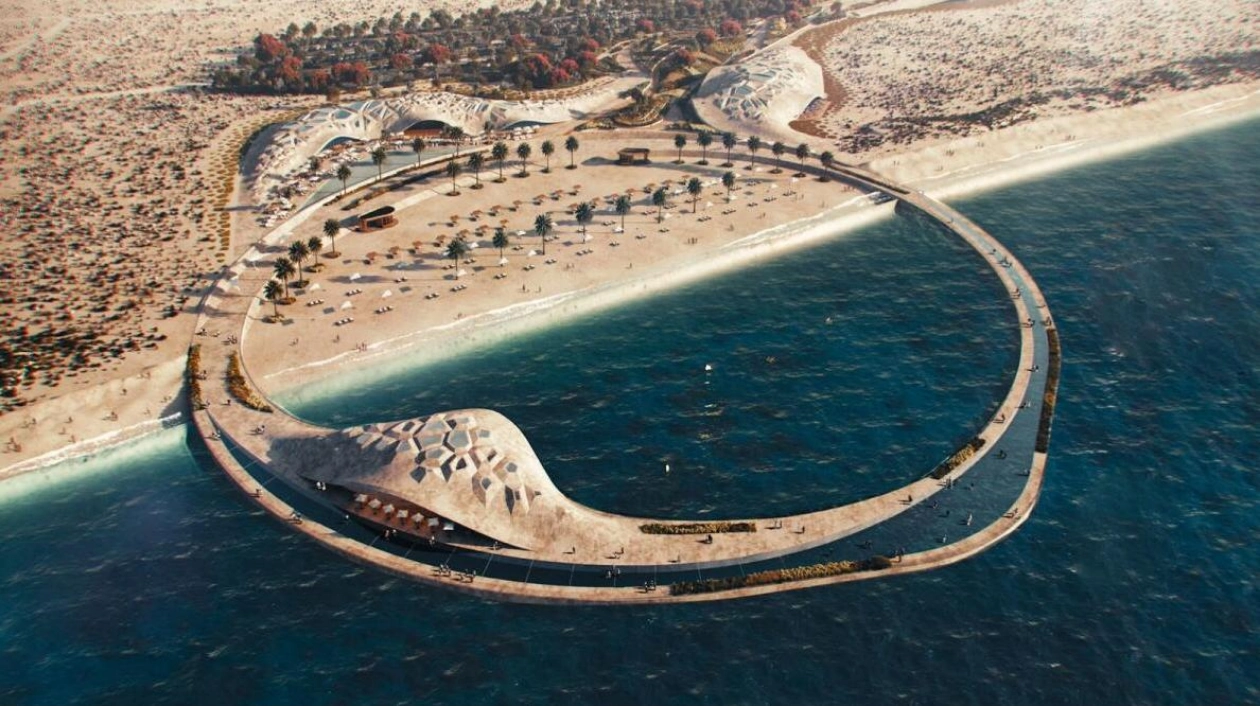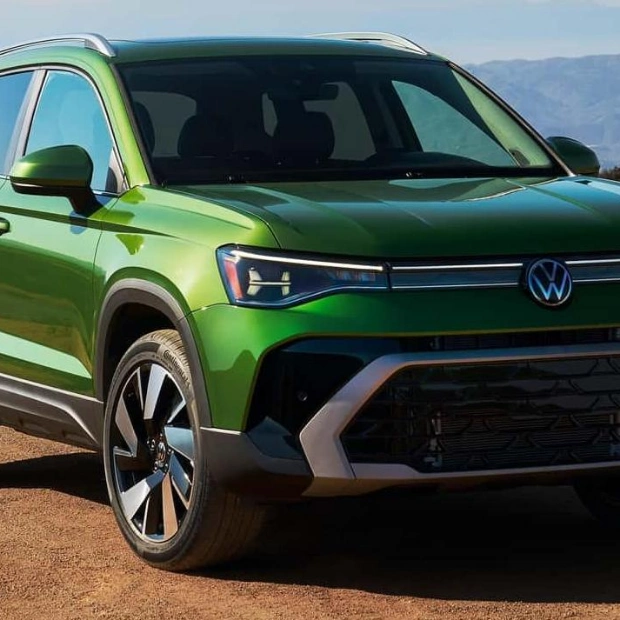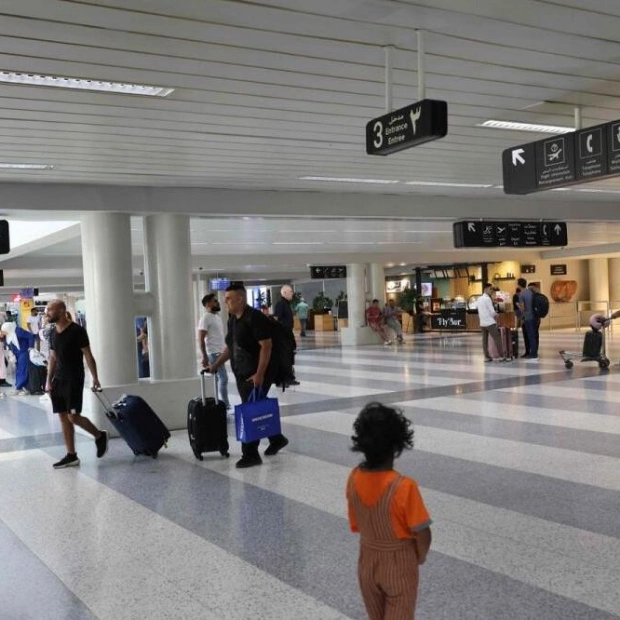Sheikh Hamdan bin Mohammed Al Maktoum, the Crown Prince of Dubai, announced on Sunday that the master plan and designs for the Jebel Ali Beach Development Project have been approved. Spanning 6.6 kilometers, Jebel Ali Beach will be Dubai's longest open public beach, encompassing a total area of 330 hectares.
This project aims to transform Jebel Ali Beach into a recreational destination with a distinctive environmental character within the emirate. Upon completion, the project will feature a two-kilometer open beach for swimming, a 2.5-kilometer area dedicated to diving sports, a walkway with viewing platforms that harmoniously integrates with the natural surroundings, and various recreational and service areas catering to all age groups, including children's play zones and areas for sports and marine activities.
The beach will also be equipped with comprehensive infrastructure, including a two-lane road in each direction, parking for 1,000 vehicles, 80 bicycle racks, a cycling track, and a 5-kilometer running track. Sheikh Hamdan emphasized that the Jebel Ali Beach Development Project is a key component of a larger master plan to enhance public beaches in the emirate, aiming to increase the total length of beaches by 400%. This initiative involves the addition of new public beaches, the enhancement of existing ones, and the provision of new recreational, sports, aesthetic, and investment facilities as outlined in the Dubai 2040 Urban Master Plan.
Sheikh Hamdan further stated that the project is committed to providing diverse urban options for citizens, residents, and visitors, including beaches, open spaces, and recreational green spaces, to elevate the quality of life in the city. The goal is to make Dubai the best city in the world to live, offering a distinguished healthy environment for all. The project is designed to create a unique, attractive recreational beachfront with a strong focus on environmental protection and support for the emirate's sustainability and eco-tourism objectives.
Mattar Al Tayer, Commissioner General for Infrastructure, Urban Planning, and Well-Being Pillar, highlighted that the development will ensure the preservation and enhancement of ecosystems and wildlife at the site, including the improvement of turtle habitats and the planting of mangrove trees. These efforts will contribute to the growth of the blue carbon footprint and provide an open beach with minimal impact on ecological and biological systems.






